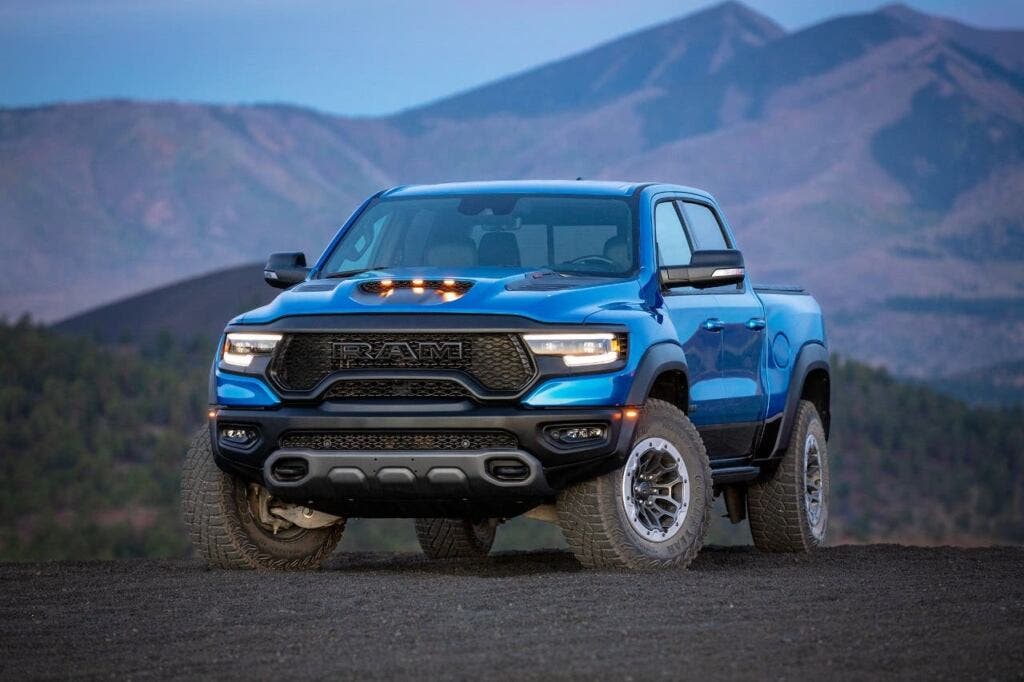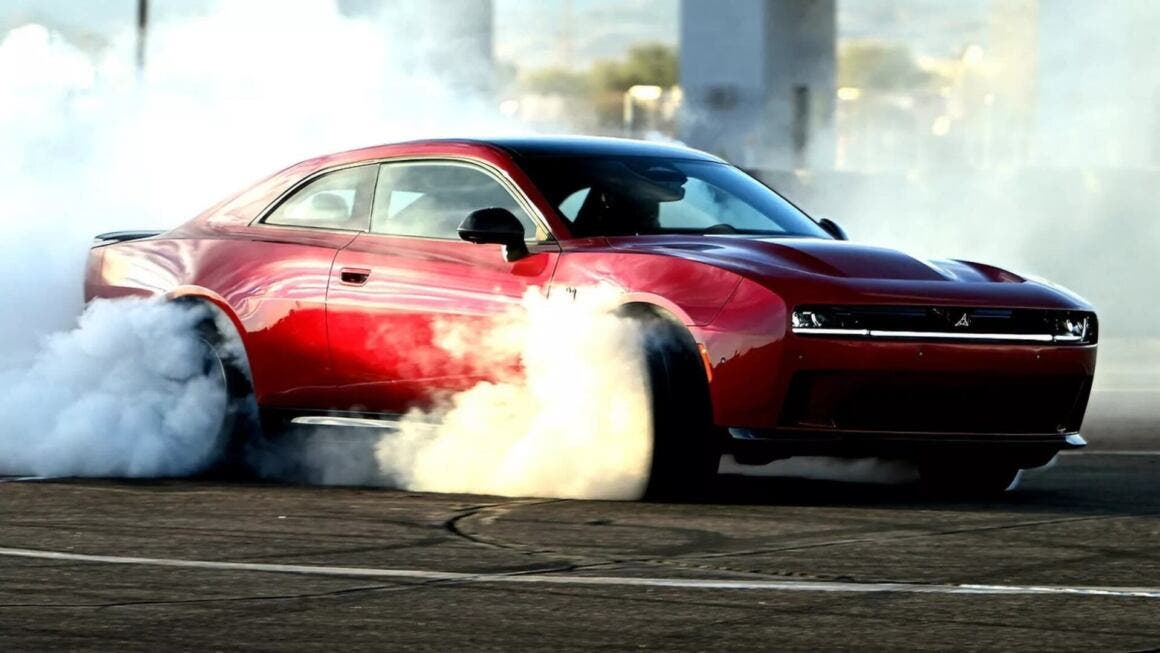In response to the changed US context and pressure from customs tariffs, Stellantis announces a strategic revision of its offering for the American market. The automotive giant, owner of brands highly active in the United States like Jeep, Dodge, and Ram, will focus heavily on hybrid and internal combustion models, more profitable than electric ones, to reduce the economic impact of new policies imposed by Donald Trump.
Stellantis abandons electric push, brings back HEMI V8 amid Trump tariff pressure

During a conference call with investors, Stellantis‘ new CEO Antonio Filosa admitted that the group is nowhere near its desired position, especially in light of a net loss of €2.3 billion recorded in the first half of 2025.
To relaunch profitability, Stellantis intends to leverage the recent cancellation of penalties for failing to meet fuel consumption limits. “This will allow us to better align with actual American market demand and improve margins,” Filosa declared.
As a tangible example of the new direction, Stellantis has brought back the famous HEMI V8 engine for Ram pickups, also announcing the return of the 1500 TRX, reversing the previous decision to adopt more ecological but less appreciated engines among US audiences.

The group estimates it will face €1.2 billion in tariffs in the second half of 2025 alone, in addition to €3.3 billion in restructuring charges, a sign of difficulties in consolidating its competitive position both in the United States and Europe. However, Stellantis specifies that 58% of vehicles sold in the United States are assembled on American territory, and that 95% of imported units come from Mexico and Canada, thus benefiting from tariff exemption provided by the USMCA agreement.
CFO Doug Ostermann emphasized that the tariff impact is constantly evolving, awaiting further updates on ongoing negotiations. Meanwhile, competitors like General Motors anticipate an escalation in customs costs, estimating a potential outlay of up to $5 billion.
